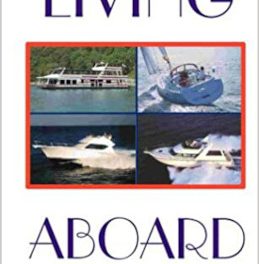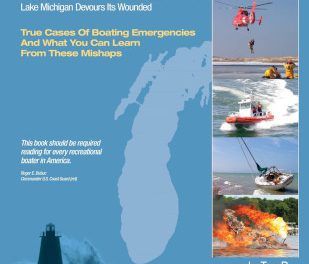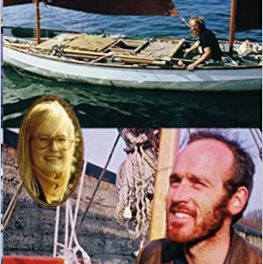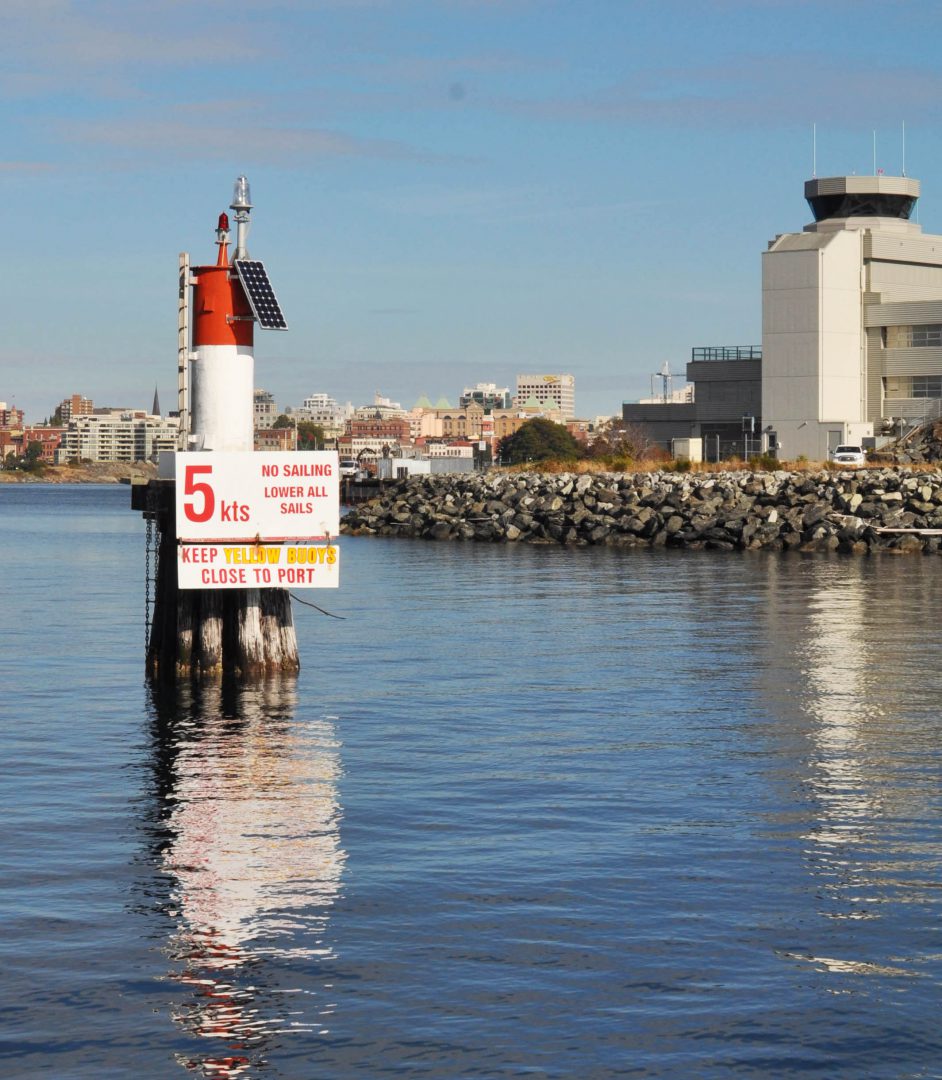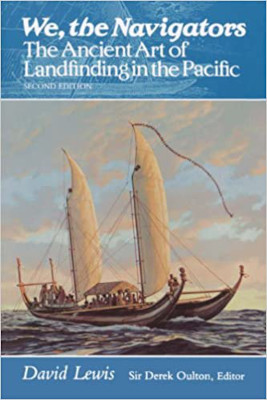
Popular histories such as Dava Sobel’s Longitude illustrate the drama of Europe’s ascendancy in the Age of Discovery. Governments sponsored inventions and universities, new measurement tools were developed and commercialized, captains edged farther from the familiar coasts, ships deviated from the square rigs and trade winds, charts were drawn, and pilot books were written. European exploration epitomized the Renaissance: man finding his place on earth through science.
But 180 degrees around the world, as David Lewis tells us in his extraordinary classic, We, the Navigators, Pacific Islanders routinely made, until late in the 20th century, lengthy open-sea voyages guided only by sagacious elders using comprehensive, completely non-Western navigation systems. Without compasses, charts, sextants, or chronometers, they sailed throughout the South Pacific on all tacks in highly evolved canoes and catamarans. They navigated by following complex star path sequences through the course of a night, steered using seasonal winds as a form of compass, piloted according to wind-wave and ocean-swell patterns, and calculated positions and distance traveled from ranges formed by celestial bodies and islands.
Many European observers believed the “benighted” islanders hugged the coasts or were occasionally “blown off course” and thus populated the South Pacific. In 1968, the author set out to correct these misconceptions and to document the achievements of the disappearing traditional navigators. Sailing 13,000 miles in the South Pacific with different navigators in their own boats and in his 39-foot ketch, he chronicles the specifics of many passages in a variety of conditions. With rare exception, the Pacific navigators read the signals given to them by nature and guided their vessels to precise landfalls hundreds of miles away.
His passage logs are at times tediously detailed, and he clinically refers to “field investigations” conducted during a Cape Horn passage and an instrumentless voyage of 2,239 nautical miles accompanied only by a navigator, his wife, and two daughters, aged 3 and 4. However, the reader is rewarded with understanding of, and admiration for, the astonishing art and science of the Pacific navigators.
They developed their own form of what today’s Western boater might call “local knowledge,” but it was applied on a grand scale across vast stretches of ocean by an elite few. The methods they used were so advanced they seemed almost mystical to outsiders. That these methods would disappear with European colonization is testament to their complexity and ultimate fragility in the face of more accessible and repeatable navigation methods based on tools and documentation.
We, The Navigators by David Lewis (University Press of Hawaii, 1972; 342 pages)

